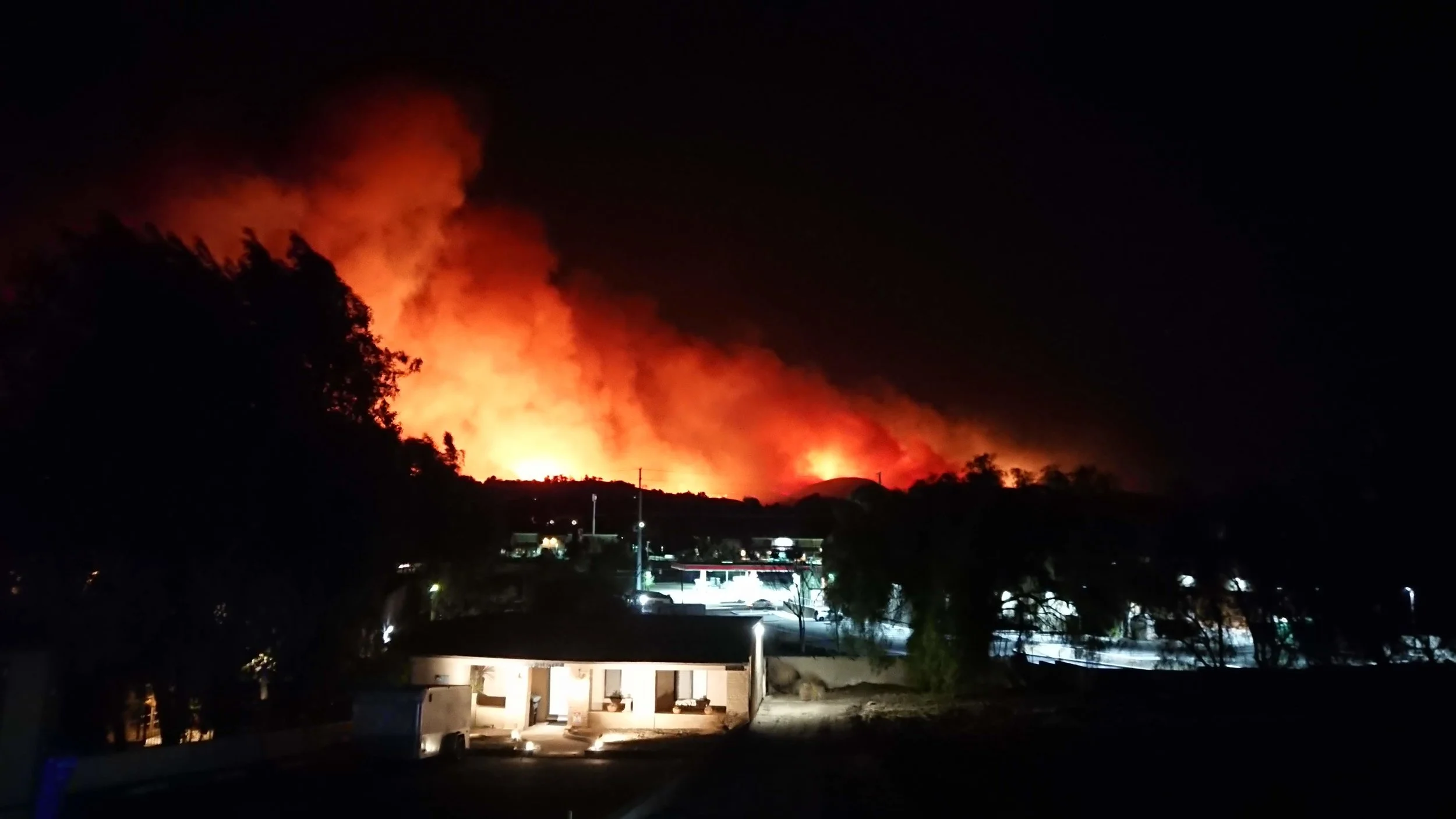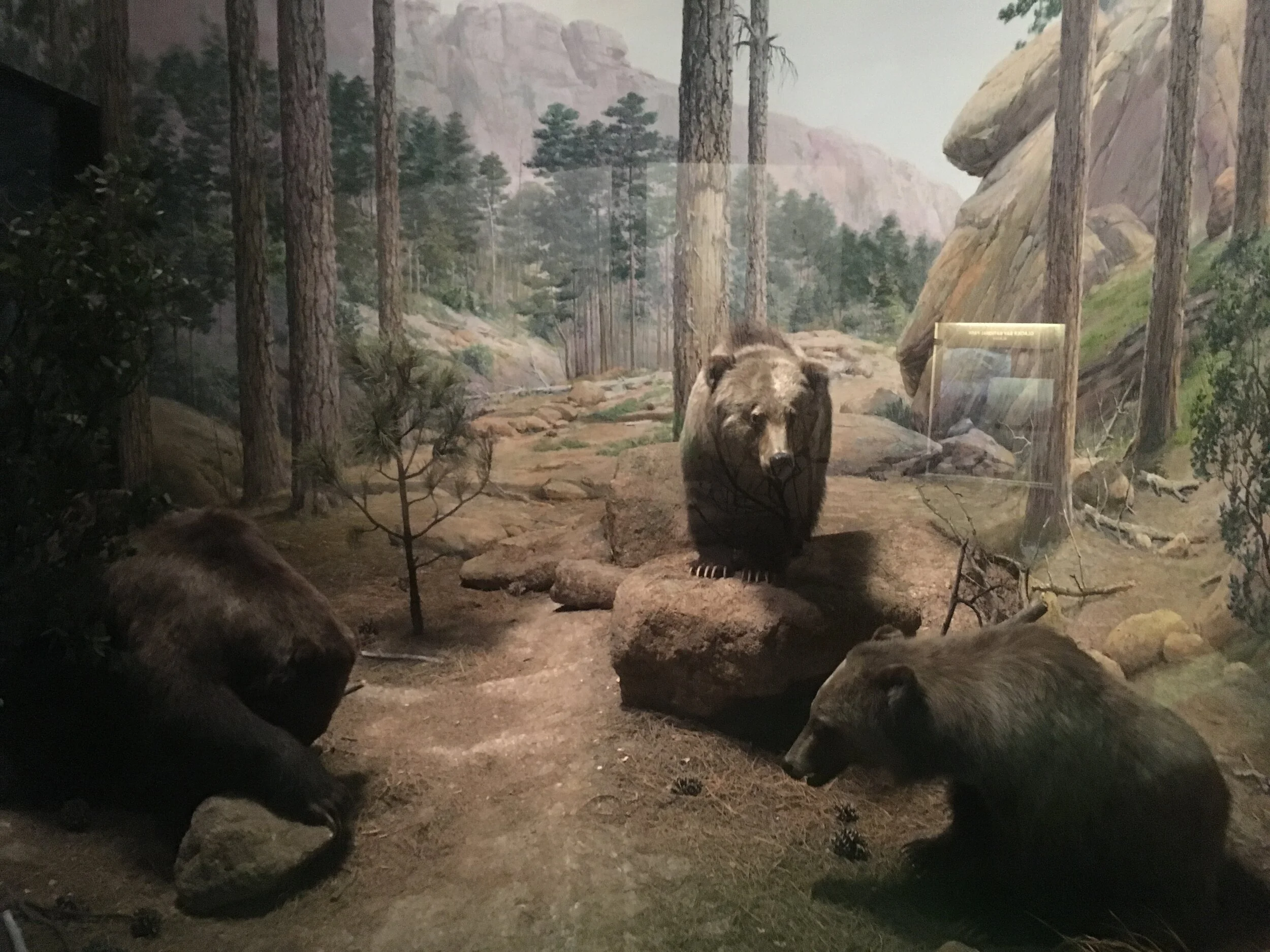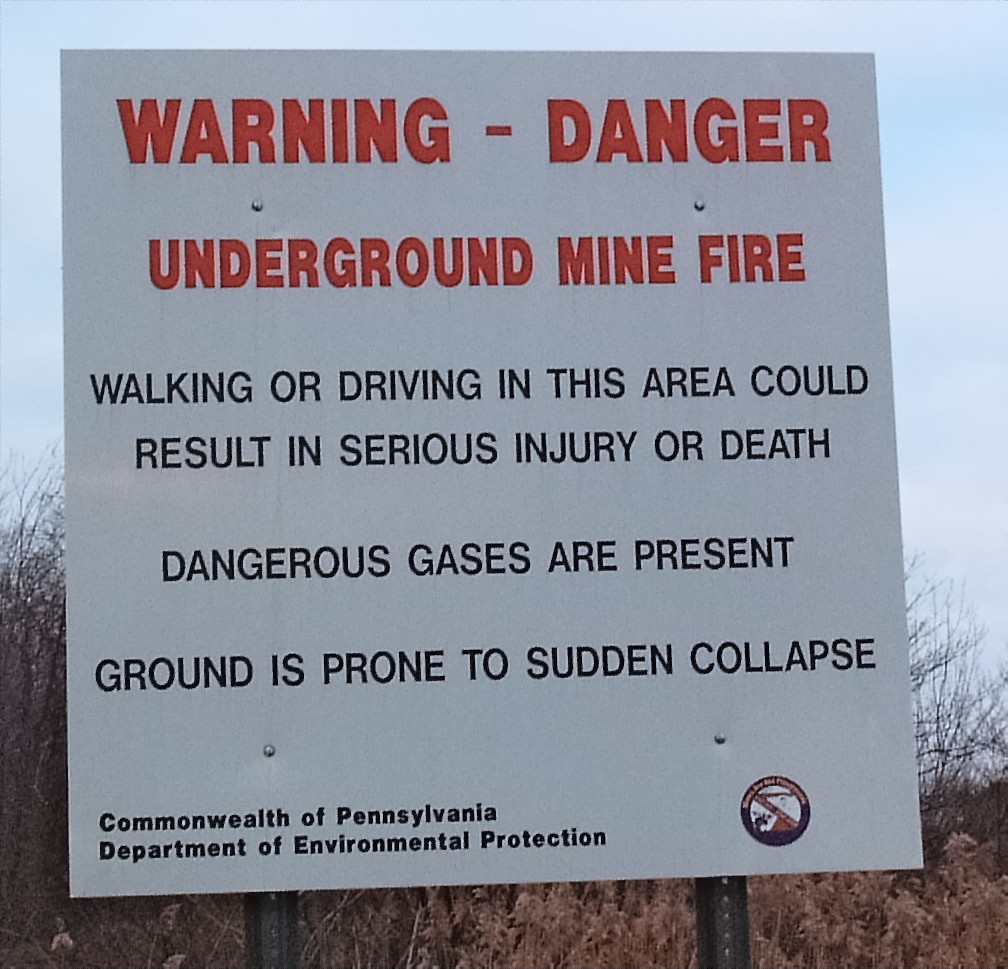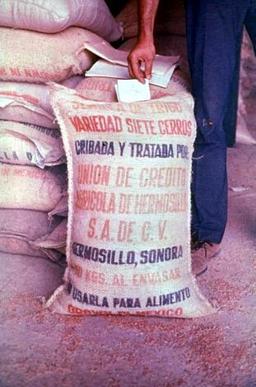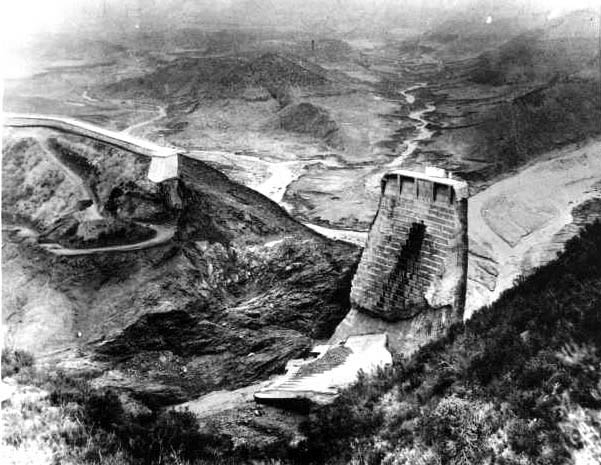The Extinction of the Apex
Sultan, a Barbary Lion at the New York Zoo in 1897
Species have evolved, flourished, and died off for eons. It's only within the last few millennia, however, that humans have been responsible for wiping entire species off the face of the planet.
The extinctions of the Thylacine (Tasmanian Tiger), the Mexican Grizzly Bear, and the Barbary Lion are case studies in how humans can topple apex predators from their perches. The consequences of eradicating the world's top predators are far-reaching, and bringing them back from the dead - if they're even really gone - has its own set of challenges.
Video
The Last Thylacine in his enclosure in Hobart, Tasmania - Click to Watch
Interesting Information
Escudilla by Aldo Leopold - Click to Download
The Obsessive Search for the Tasmanian Tiger by Brooke Jarvis - The New Yorker
Top Predators May Be the Most Important Animals on Earth - Gizmodo
Images
Row 1 : Thylacines in zoo enclosure in Hobart, Tasmania, Australia
Row 2 L to R: Thylacine pair with only known picture of occupied pouch (front thylacine); thylacine displaying 80-degree jaw opening
Row 3 L to R: Diorama featuring Mexican Grizzly Bears at the Field Museum in Chicago, IL; Photo of Profanity Ridge on Escudilla Mountain, AZ
Row 4 L to R: Algerian Barbary Lion photographed in 1892 by Alfred Edward Pease; Barbary Lion named Sultan photographed in 1897 at the New York Zoo
Row 5 L to R: Last known photograph of a wild Barbary Lion taken in the Atlas Mountain by Marcelin Flandrin in 1925 from an airplane; a Nilgai, the largest species of antelope in Asia
Sources
The Thylacine - Australian Museum
Extinction of Thylacine - National Museum of Australia
Tasmanian tiger genome offers clues to its extinction - Nature.com
Why did the Tasmanian tiger go extinct? - The Conversation
Mystery of what wiped out the Tasmanian tiger ‘finally solved’ - The Telegraph
Skull mechanics and implications for feeding behaviour in a large marsupial carnivore guild: the thylacine, Tasmanian devil and spotted-talied quoll - Journal of Zoology
Revealing the baby thylacine - Cosmos
Mexican Grizzly Bear - Bear Conservation
El Oso Plateado - Hypocrite Reader
Do Grizzly Bears Still Live in Mexico? - Jose C. Trevino and Charles Jonkel
Restoring the Real Wild - Grizzly Bears in New Mexico, Past, Present, and Future - Stephen Capra
When Did the Barbary Lion Really Go Extinct? - Scientific American
Barbary lion skull from London - Natural History Museum
The Challenges and Relevance of Exploring the Genetics of North Africa’s “Barbary Lion” and the Conservation of Putative Descendants in Captivity - Simon A. Black
Examining the Extinction of the Barbary Lion and Its Implications for Felid Conservation - PLOS ONE

